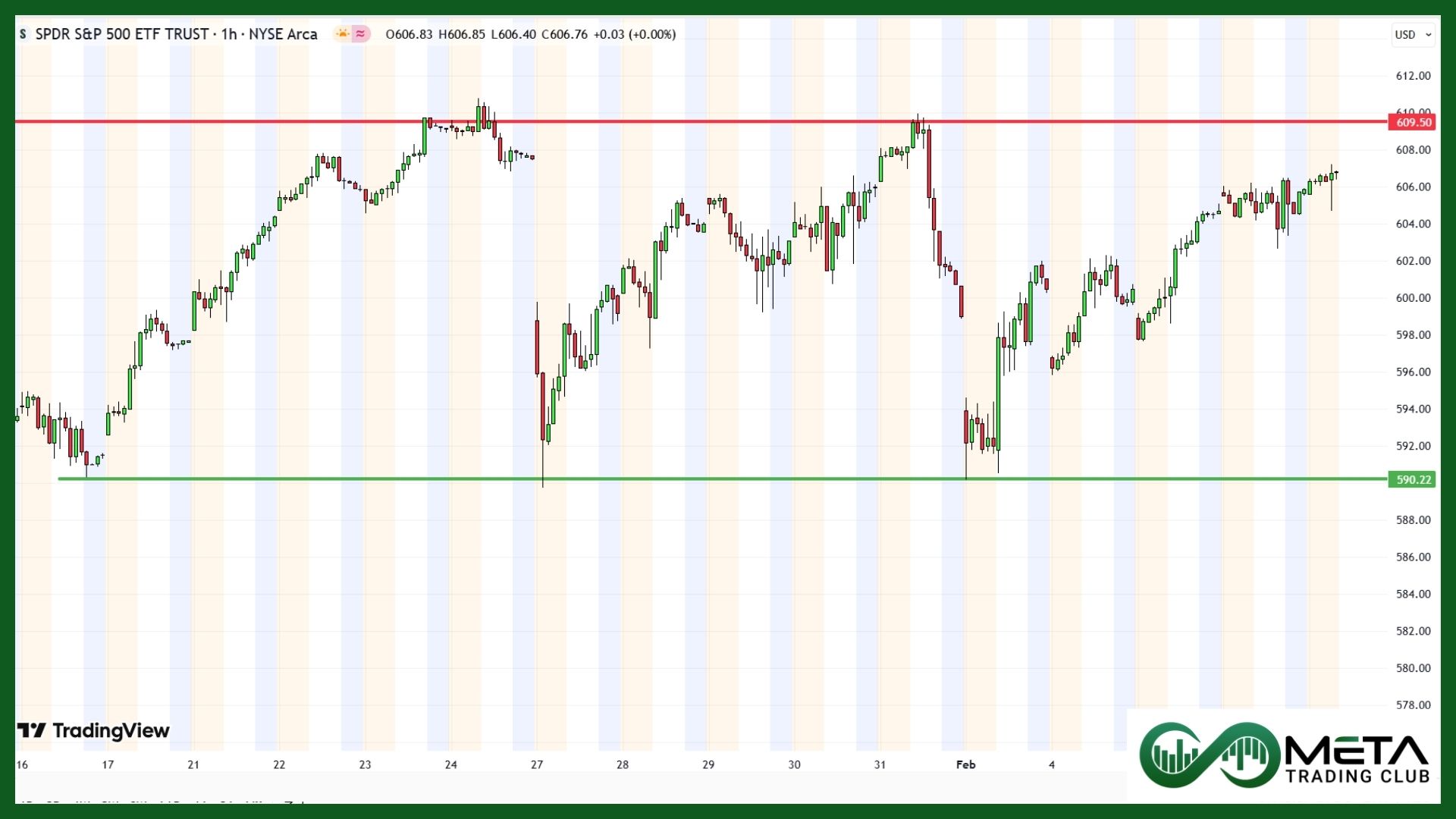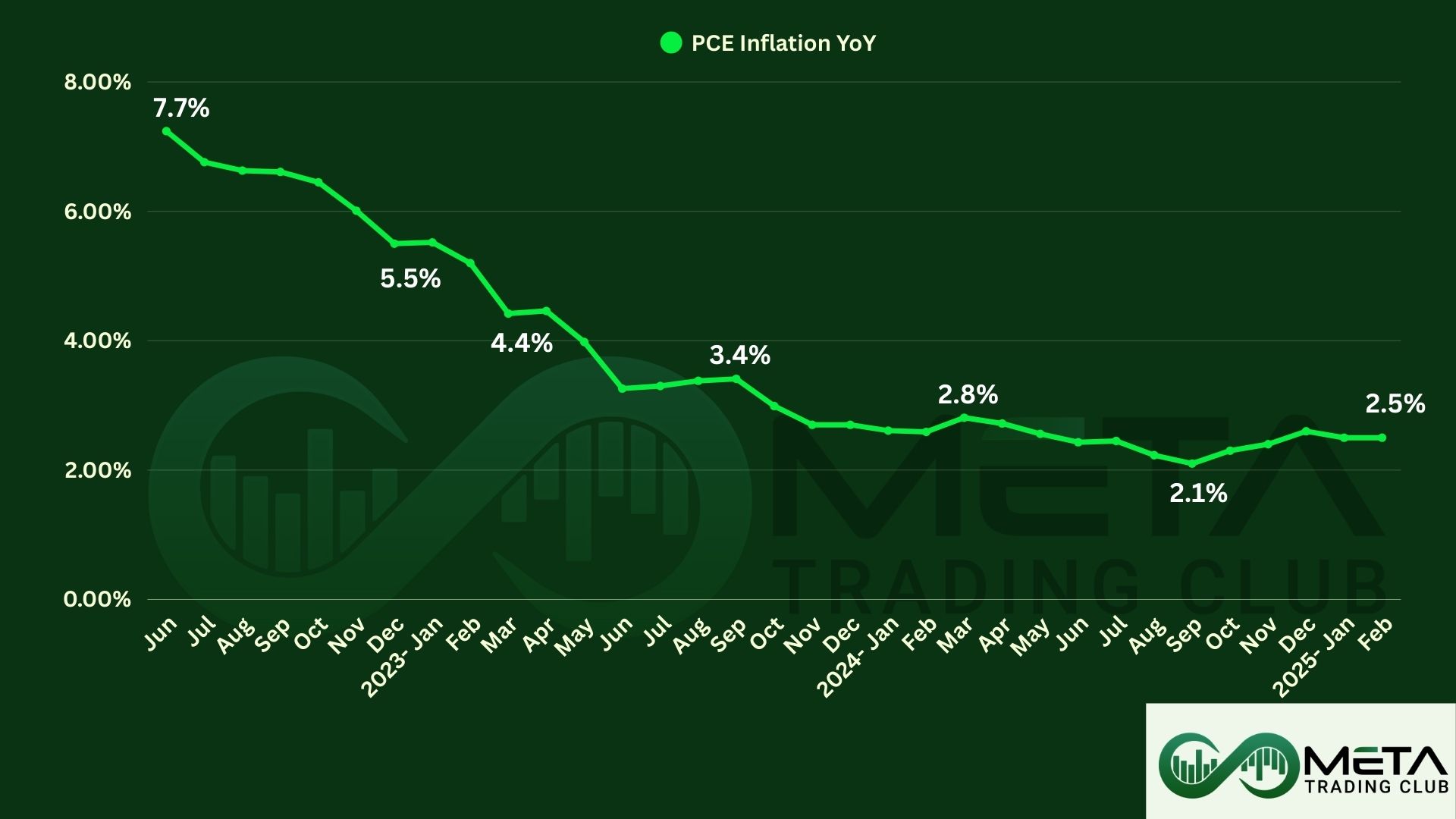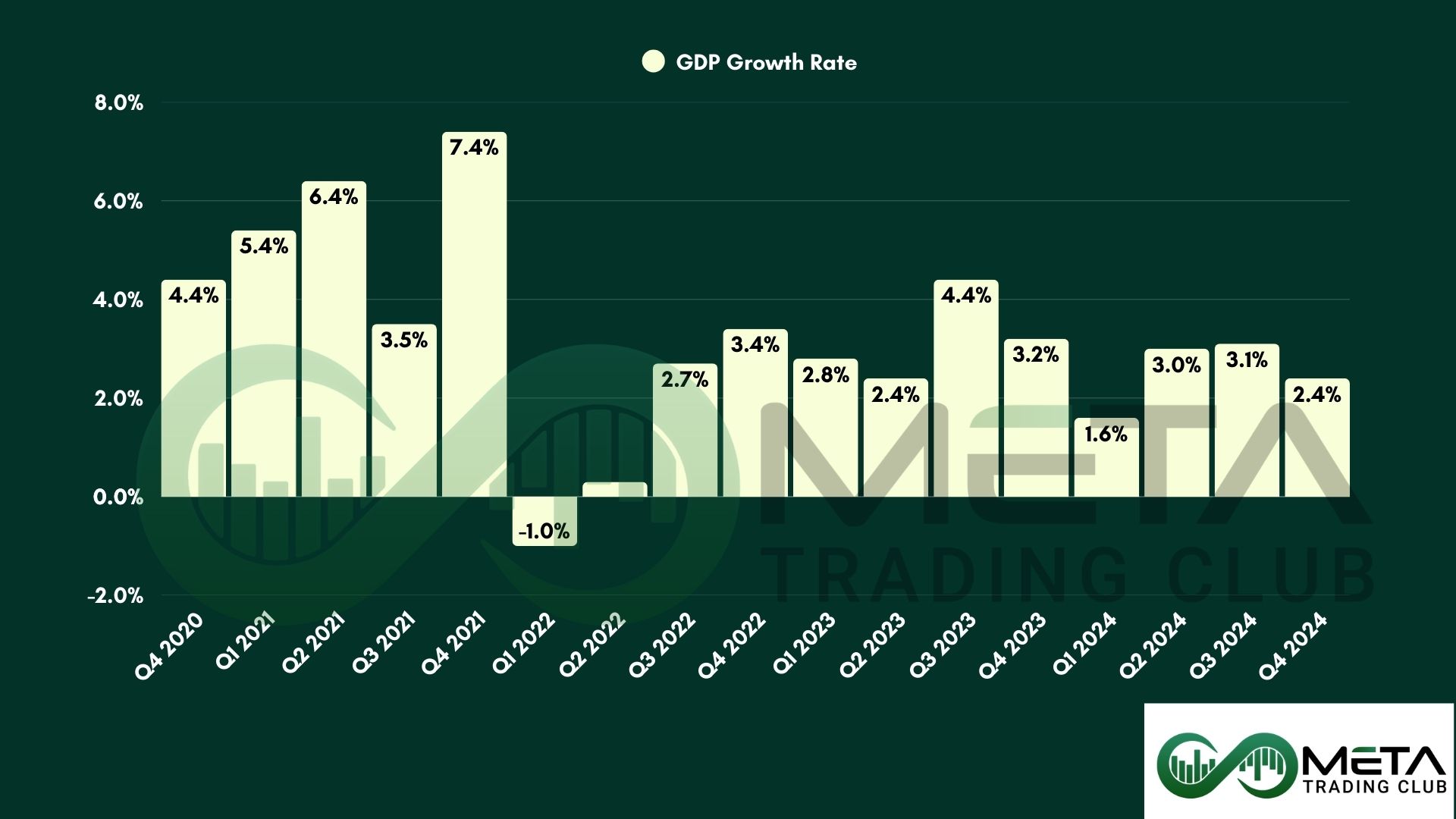The unemployment rate is a measure of the percentage of the total labor force that is unemployed but actively seeking employment and willing to work. It’s a key indicator of the health of the labor market and the economy. For example, an unemployment rate of 4.2% means that 4.2% of the people who are able and willing to work are currently without a job.
Nonfarm payrolls refer to the total number of paid workers in the U.S. excluding farm employees, government employees, private household employees, and employees of nonprofit organizations. This statistic is reported monthly by the U.S. Bureau of Labor Statistics and is a critical indicator of economic health. An increase in nonfarm payrolls typically signals economic growth and means more jobs creation.
Employment Situation – January 2025
Total nonfarm payroll employment rose by 143,000 in January, and the unemployment rate edged down to 4%.
Job gains occurred in health care, retail trade, and social assistance. Employment declined in the mining, quarrying, and oil and gas extraction industry.
- The unemployment rate edged down to 4% in January and the number of unemployed people, at 6.8 million, changed little over the month.
- The number of long-term unemployed (those jobless for 27 weeks or more), at 1.4 million, changed little in January.
- The labor force participation rate (62.6%) and the employment-population ratio (60.1%) were unchanged.
- The number of people employed part-time for economic reasons, at 4.5 million, changed little in January.
- The number of people not in the labor force who currently want a job, at 5.5 million, was little changed in January.
Meanwhile, total nonfarm payroll employment in January was similar to the average monthly gain in 2024. Health care added 44,000 jobs, retail trade increased by 34,000 jobs, and social assistance added 22,000 jobs. Also, government employment continued to rise, while mining, quarrying, and oil and gas extraction saw a decline of 8,000 jobs. Other major industries showed little change in employment over the month.
Moreover, average hourly earnings for all employees on private nonfarm payrolls rose by $0.17 (0.5%), to $35.87. Over the past 12 months, average hourly earnings have increased by 4.1%.
Additionally, the average workweek for all employees on private nonfarm payrolls edged down by 0.1 hour to 34.1 hours in January. In manufacturing, the average workweek was little changed at 40 hours.
Impacts of Report on Stock Market
The Employment report for January 2025 showed positive signs with job growth and a lower unemployment rate. The report had mixed impacts on the stock market due to lower than anticipate payrolls.
Investors were encouraged by the strong labor market, indicating potential consumer spending growth in Health care, retail, and social assistance sectors.














